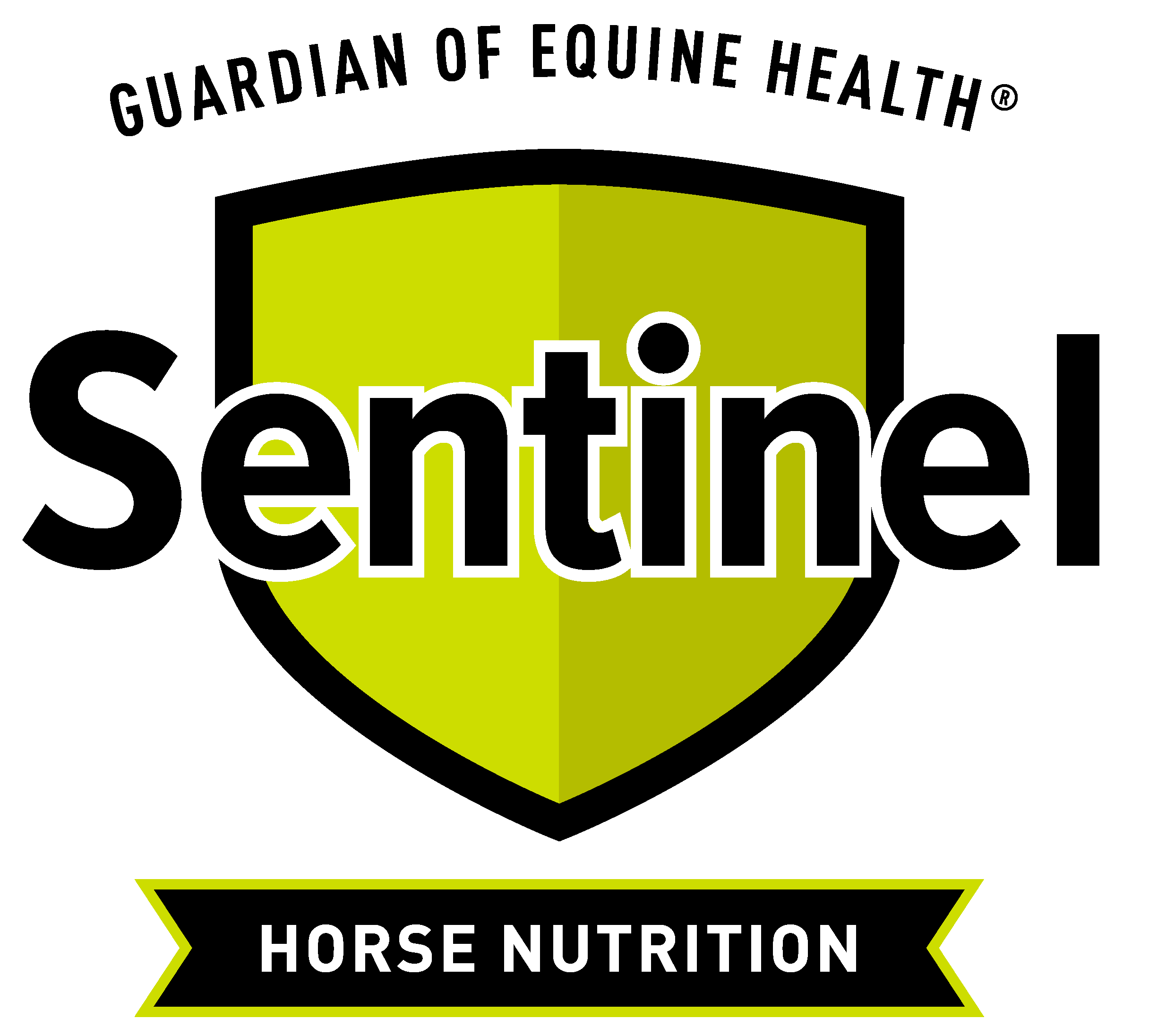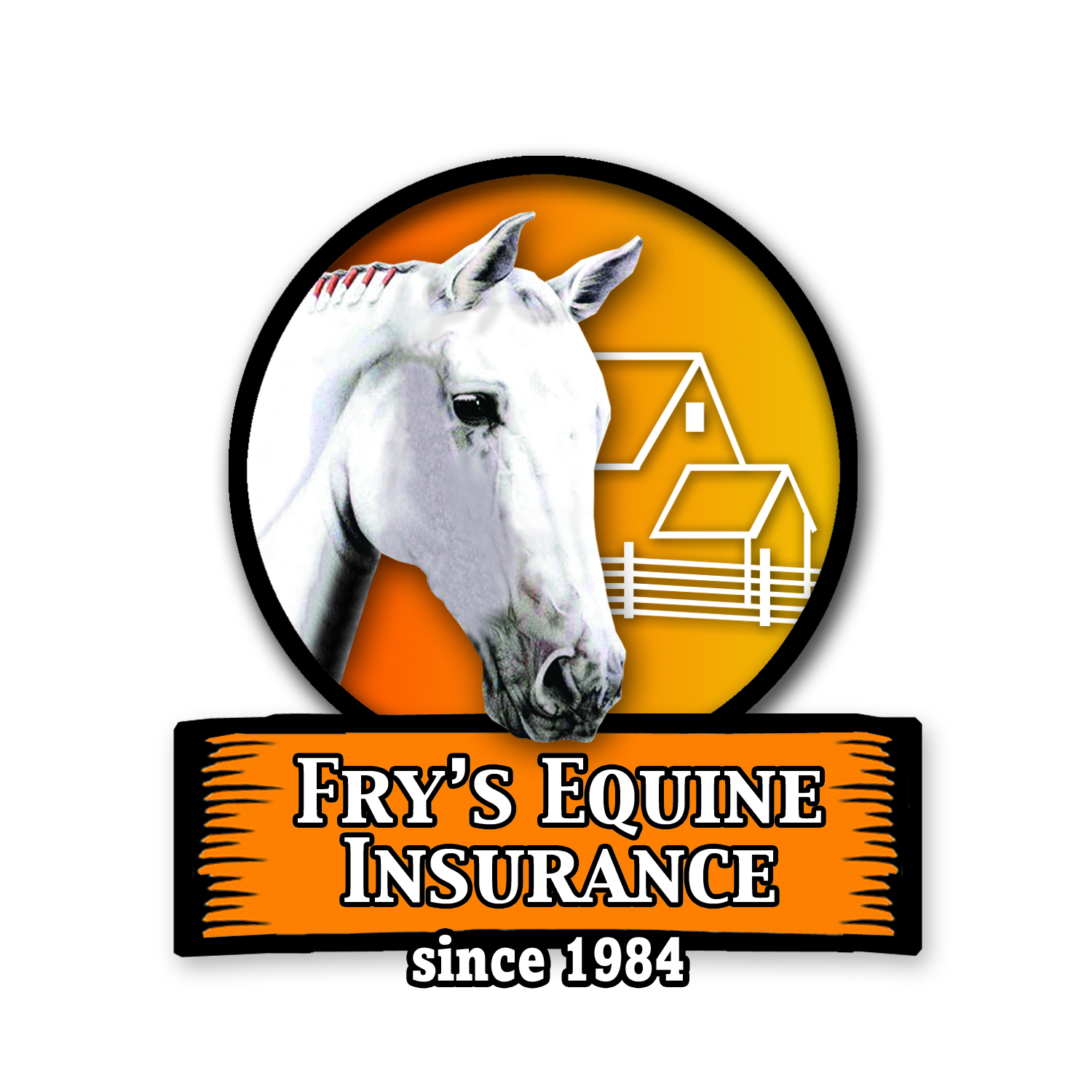Those who own senior horses often find it difficult in determining if their horse is having ocular issues. This was discovered in a recent study that found many respondents believing their horses do not suffer from ocular disease, but upon examination, it was found that almost 90% of senior horses that were studied did have some degree of ocular problems.
What a large number of horse owners fail to understand is that, due to horses being prey animals, they are accustomed to hiding potential weakness or discomfort as in the wild, it would make them vulnerable. Horse owners, as with their horses go through ups and downs, and when a horse is not well or is not at his best, it is easy to spot. However, noticing if your horse has eye problems is much harder to detect, and it is often the case that identifying chronic eye disorders goes undiagnosed.
The study was carried out in Queensland, Australia, by Dr. Fernando Malalana from the University of Liverpool Philip Leverhulme Equine Hospital, an equine internal medicine specialist. Malana and his team studied the results from almost 1000 horse owners. The data was collected on horses that were older than 15 years and included both a questionnaire and, with a third of the horses, clinical eye examinations. The examinations involved the use of an ophthalmoscope and/or a diopter to determine if lesions were present inside or outside the eye.
While those involved in horse racing do not generally maintain horses past their prime, many develop close bonds with their horses and continue to care for them long after their racing days are behind them. This is evident with sports punters who prefer to place mobile bets in UK (*explained by Nostrabet). Those who take time to understand the study will further help them with those horses that may continue in the sport of racing as they get older.
Responding owners reported that of the 974 horses studied, 3.3% had some vision difficulties, discharge, lesions or pain in the eye. The team itself examined over 325 of those in the study and found almost 14% had cornea lesions, albeit many were healed, but in many of the horses, scaring was still evident and that in itself could impact their vision. The team further found that nearly 85% showed posterior segment lesions, which are found deeper in the eye, as well as optic and retina problems.
The positive to come from the study is that the majority of the lesions did not have an impact on the horses’ vision, and less than 6% of those in the study has any vision reduction. What was interesting is the study showed only 1.1% of respondents identified their horse having vision issues, however, the true numbers showed vision problems in older horses was much higher, and a significant area that veterinarians need to pay attention to as a horse ages.
The lower rates of reporting was not related to a lack of care for the horses, or even so much as a lack of observation, just the contrary as the 3.3% that did report issues, was higher than general reports from horse owners not in the study. As the study respondents came from the result of requests sent out to equestrian associations, it not uncommon for their members to be more attentive in so far as observation based on their participation with their respective association.
The determining of vision problems is not complicated, and more owners can carry this out without the need to a veterinary assistant. The first step is to observe the eye from the front and study the angle of the eyelashes. These should be parallel and symmetrical, and if one side is dropping, it is an indication there could be some ocular issues.
In addition, discharge should not be present, nor should one eye be closed more than the others. In the event any of these signs are observed, it is recommended owners contact their vet for further analysis. Early detection in senior horses will allow for the horse to get proper treatment but also help them to remain safe and in doing so, protect their equine welfare.















